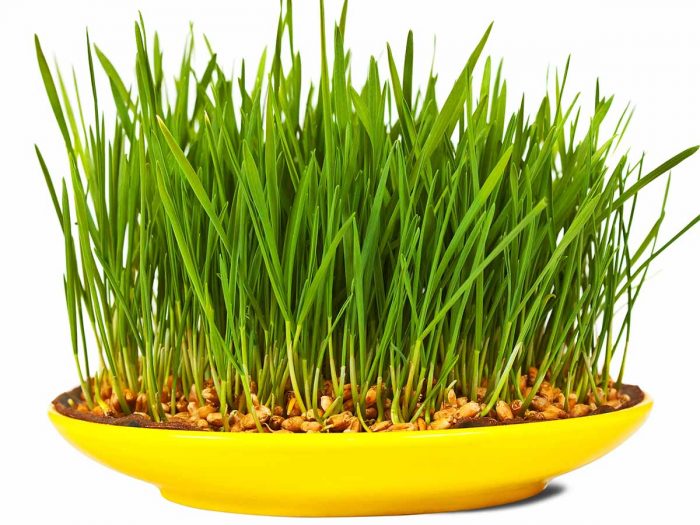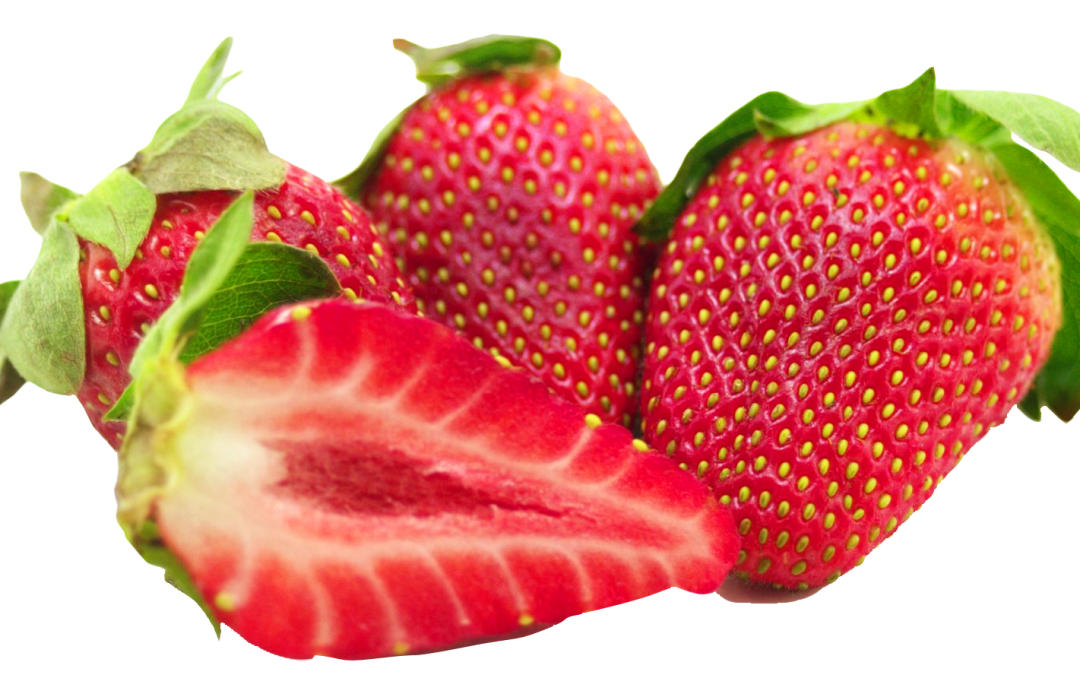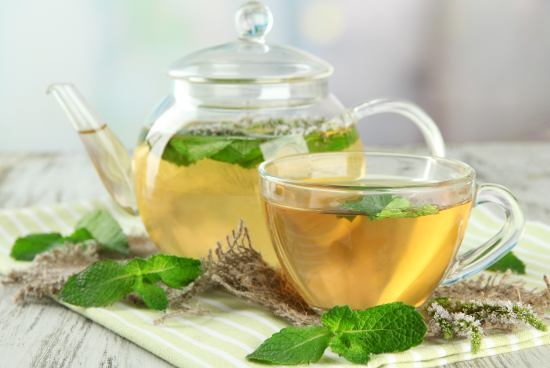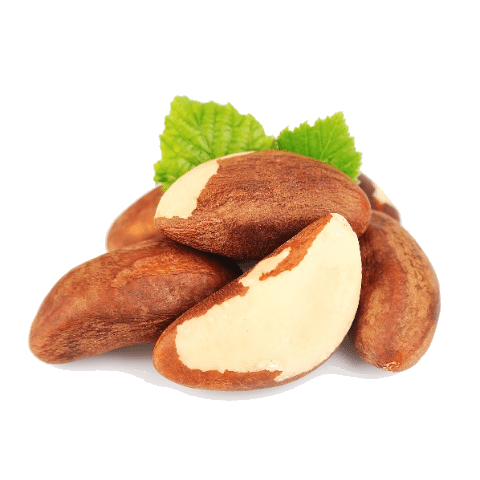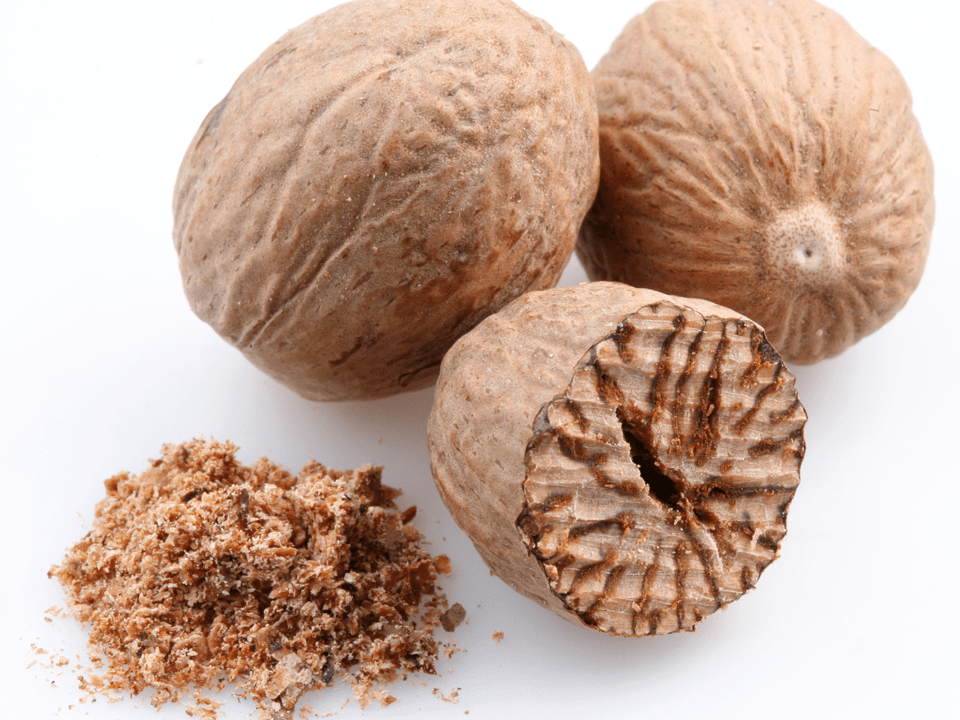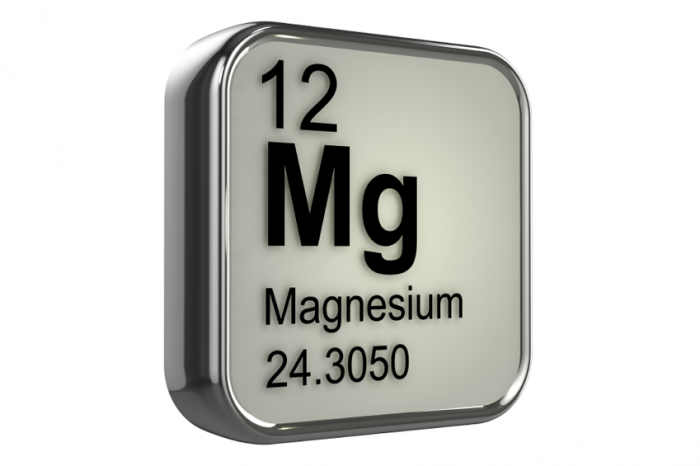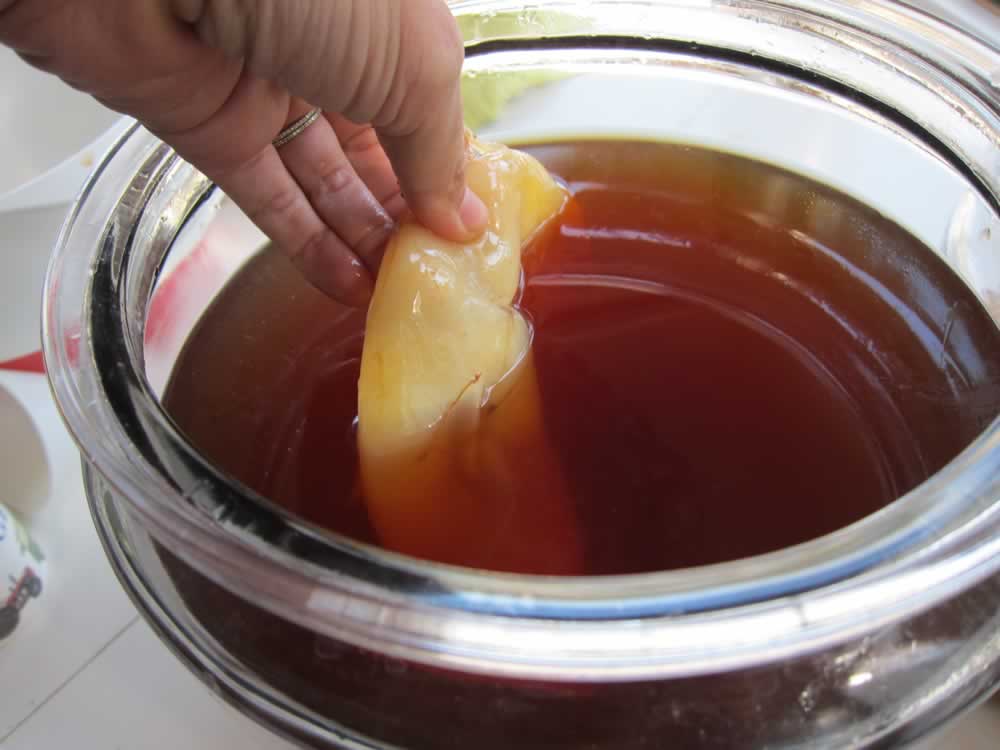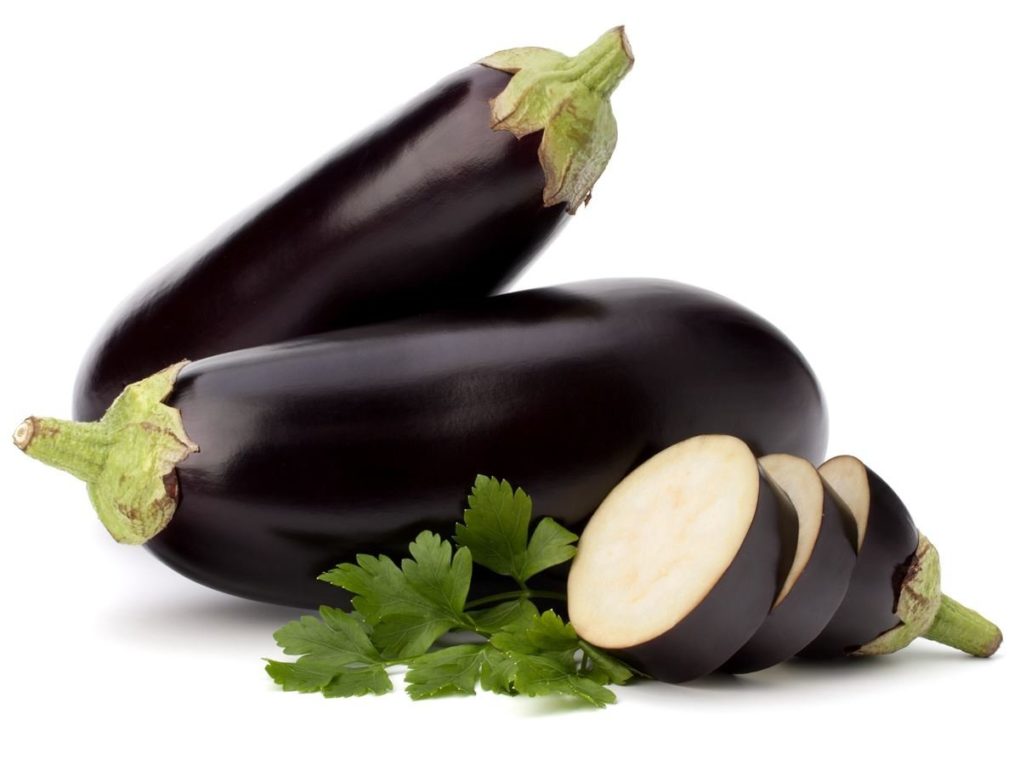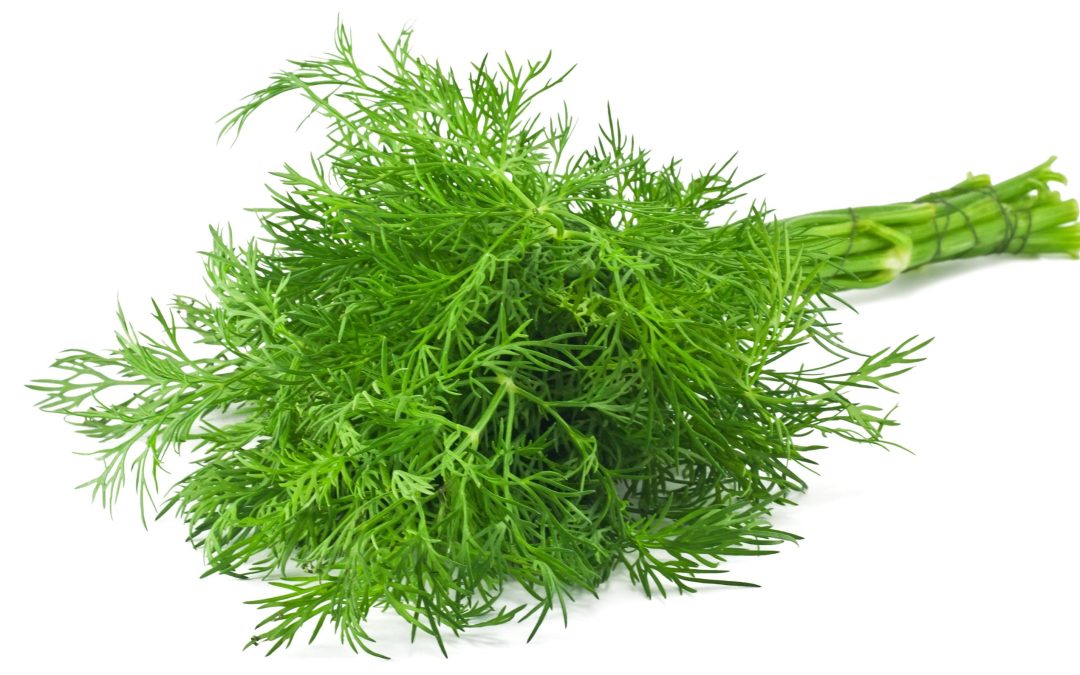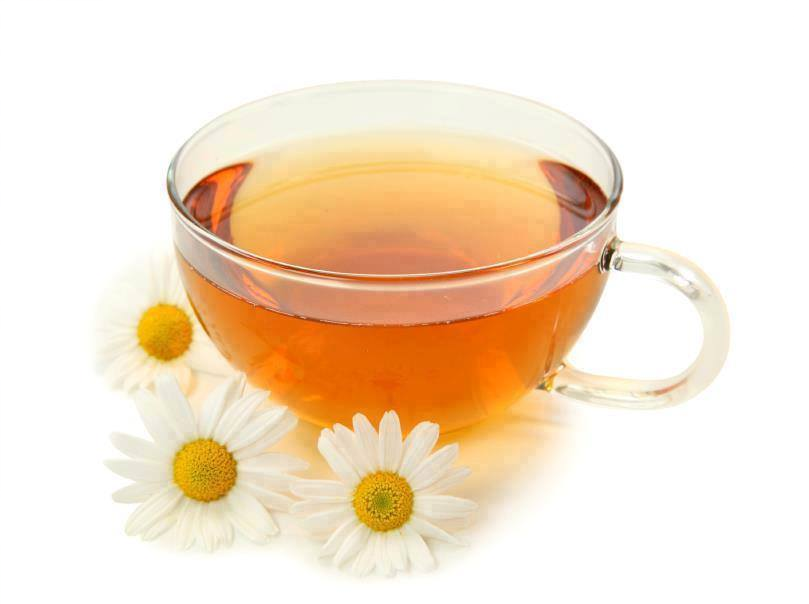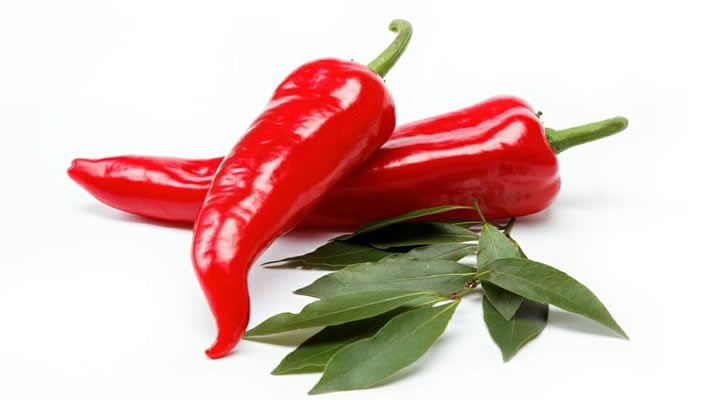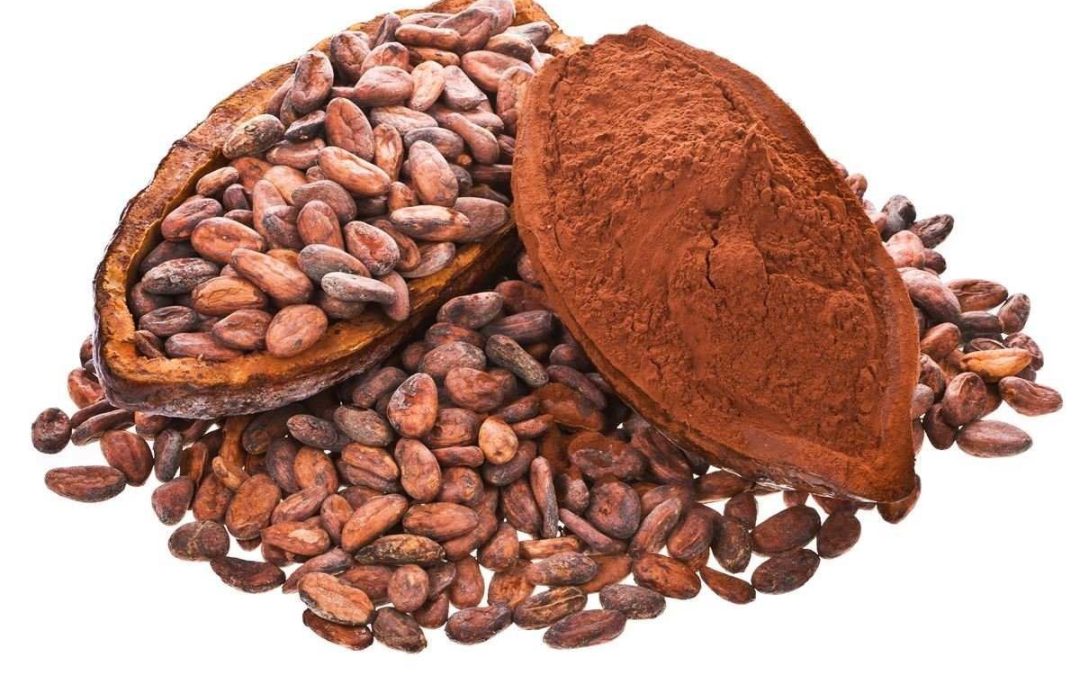What is a Spice?
A spice is a dried seed, fruit, root, bark, or vegetative substance used in nutritionally insignificant quantities as a food additive for flavour, colour, or as a preservative that kills harmful bacteria. It may be used to flavour a dish or to hide other flavours. In the kitchen, spices are distinguished from herbs, which are leafy, green plant parts used for flavouring or as garnish. Many spices are used for other purposes, such as medicine, religious rituals, cosmetics, perfumery, or for eating as vegetables. For example, turmeric is also used as a preservative, liquorice as a medicine; garlic as a vegetable.
Benefits of Spices & Herbs
- Add flavour and has the ability to increase the enjoyment of food
- Imparts characteristic flavours (sour, sweet, salty, tangy)
- Many offer health benefits through abundant phytonutrients and other physiologic effects such as acting on the digestive system as a carminative
Spices & Herbs Contain Phytonutrients
- Phytonutrients are protective compounds found in plants (herbs, spices, aliums, fruit, vegetables)
- They have health promoting properties (antioxidant and anti-inflammatory)
- Studies on whole food and plant form (herb/spice) show health benefits
- They give plants their colour – aso present in white foods such as garlic, onions and leeks
- Spices and herbs are important as one cannot obtain phytonutrients solely from fruit and veggies
Specific Phytonutrients in Spices & Herbs
- Anthocyanins
- Flavanols
- Flavones
- Isoflavones
- Rosemarinic acid
- Kaempferol
- Reservatrol
- Apeginin
- Carbazole alkaloid
- Zeaxanthin
- Capsaicin
- Curcumin
- Gingerol
- Daidzen
- Genistein
- Lycopene
- Cinnamic acid
- Piperine
- Cathechins
- Ellagic acid
- Sulforafane
- Thymoquinone
- Carotenoids
- Anethole
- Myricetin
- Diosgenin
- Silybin
- Lignans
- Eugenol
- Coumarin
- And thousands more!
ORAC: Scoring Antioxidants?
ORAC stands for oxygen radical absorbance capacity, a measure of the ability of a food or any other substance to quench oxygen free radicals in a test tube. Free radicals are unstable atoms or molecules generated in the course of normal metabolism that can strip electrons from other molecules, causing chain reactions of oxidative damage. Cumulative damage of this sort probably accounts for many of the degenerative changes of aging and for a lot of age-related disease.
The ORAC test was developed at the National Institute on Aging (NIA), an arm of the National Institutes of Health. It assigns a score or value to a long list of fruits, vegetables and spices. As you might expect, high scores were awarded to brightly colored fruits and vegetables including blueberries and raspberries, some types of apples, and beans.
Some studies have shown that antioxidants in foods can boost the antioxidant power of the blood. If you like, you can choose your foods based on the ORAC scale, but it’s only part of the picture in a healthy diet.
Choosing Fresh or Dried Spices & Herbs for Their ORAC Value
| Spice | Fresh | Dried |
| Basil | 4,805 | 61,063 |
| Oregano | 13,970 | 175,295 |
| Parsley | 1,301 | 73,670 |
| Garlic | 5,708 | 6,665 |
| Thyme | 27,426 | 157,380 |
| Ginger | 14,840 | 39,041 |
| Sage | 32,004 | 119,929 |
| Marjoram | 27,297 | 92,310 |
| Rosemary | 11,070 | 165,280 |
| Peppermint | 13,978 | 160,820 |
Top 6 Culinary / Medicinal Spices & Herbs
- Basil
- cinnamon
- Garlic
- ginger
- Rosemary
- Turmeric
DBM Protocol – Adjunct Therapy – Nutrition Therapy
To read more on how to use herbs and spices not only to spice up your foods but also for health benefits, please see our spice and herb charts in this booklet: Nutrition For Life: Eat To Live .
Article Credit : www.delispices.co.za
Photo Credit : Shutterstock.com






